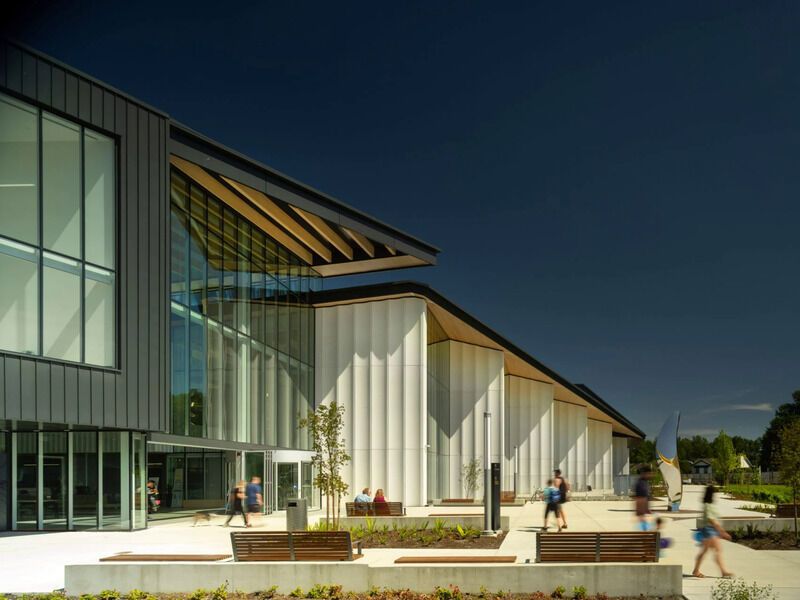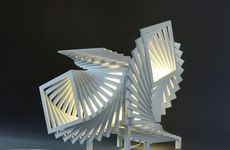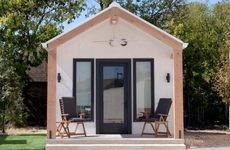
HCMA Completes the təməsew̓txʷ Aquatic and Community Centre
Amy Duong — December 31, 2024 — Art & Design
Vancouver-based design firm HCMA has completed the design of the təməsew̓txʷ Aquatic and Community Centre. It is located in British Columbia and is the first zero-carbon-certified building in the country. It opened this year and is located on the sight of what was once the Glenbrook Ravine headquarters.
The Canadian studio speaks about the design concept to Dezeen, stating "təməsew̓txʷ aims to make a strong, civic statement while being sensitive to the natural environment and human-scale experience. Our goal was to design a building that would both integrate with its historical context and be a source of pride for the community." The name was selected by a panel of Indienous community members and it means 'sea otter house.'
Image Credit: Nic Lehoux
The Canadian studio speaks about the design concept to Dezeen, stating "təməsew̓txʷ aims to make a strong, civic statement while being sensitive to the natural environment and human-scale experience. Our goal was to design a building that would both integrate with its historical context and be a source of pride for the community." The name was selected by a panel of Indienous community members and it means 'sea otter house.'
Image Credit: Nic Lehoux
Trend Themes
1. Zero-carbon Architecture - The completion of the təməsew̓txʷ Aquatic and Community Centre marks a bold move towards buildings that not only meet environmental standards but also enhance the urban environment by eliminating carbon footprints.
2. Civic Spaces with Indigenous Influence - Incorporating Indigenous community insights and names in civic projects signals a trend of integrating cultural heritage into modern design, fostering a deeper community connection.
3. Human-scale Urban Design - Urban centers are now pivoting towards creating spaces that prioritize human experience and environmental sensitivity, as demonstrated by the thoughtful design of the təməsew̓txʷ Aquatic Centre.
Industry Implications
1. Sustainable Construction - The building's zero-carbon certification represents a growing demand for environmentally responsible construction practices and materials.
2. Community-centric Design - Architecture firms are increasingly focusing on creating spaces that support community interaction, reflect local culture, and respect historical contexts.
3. Leisure and Wellness Centers - The all-electric aquatic center serves as a benchmark in designing recreational facilities that align with sustainability goals while offering state-of-the-art amenities.
4.7
Score
Popularity
Activity
Freshness























